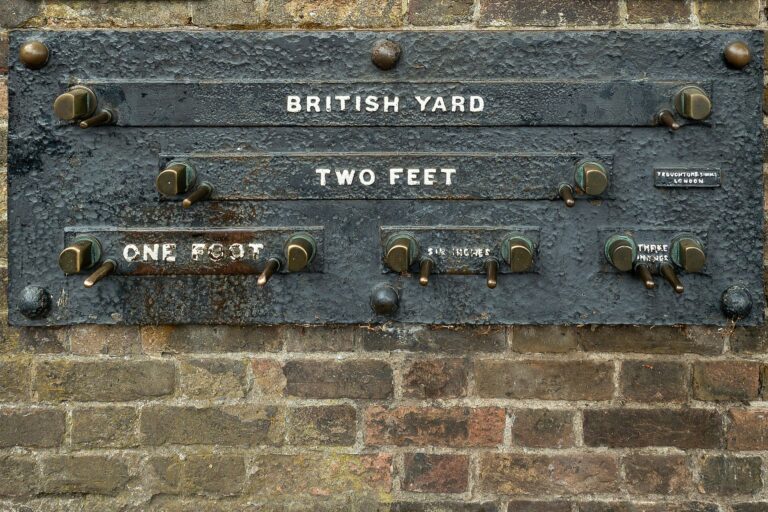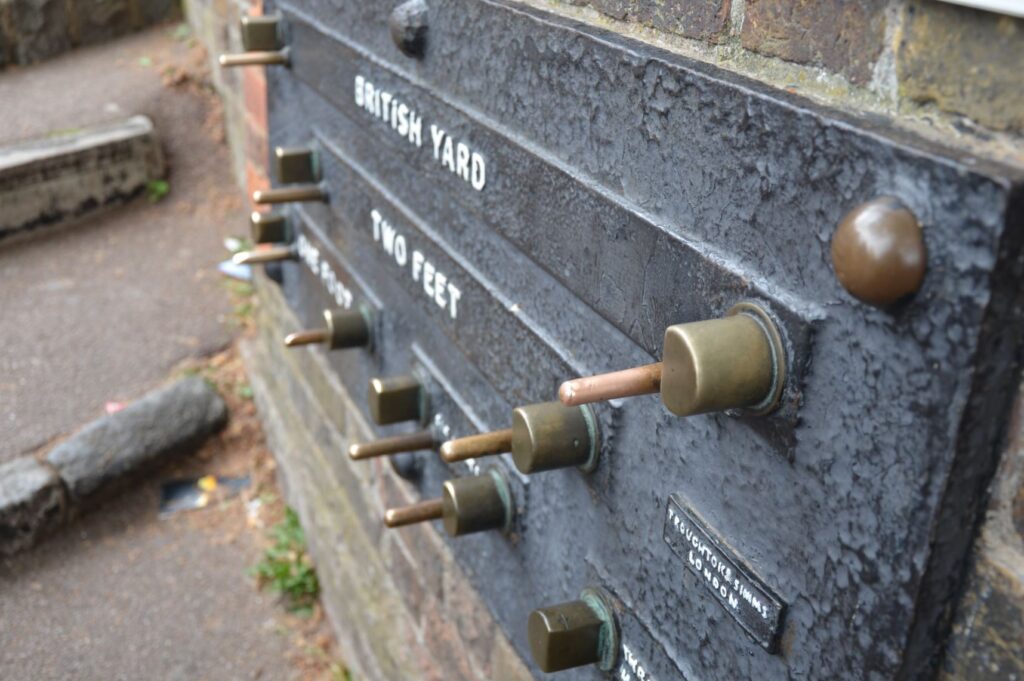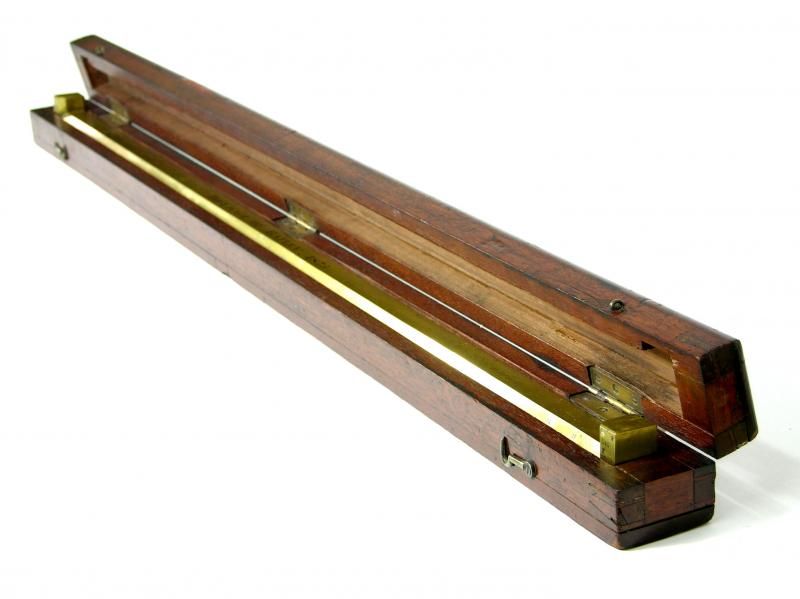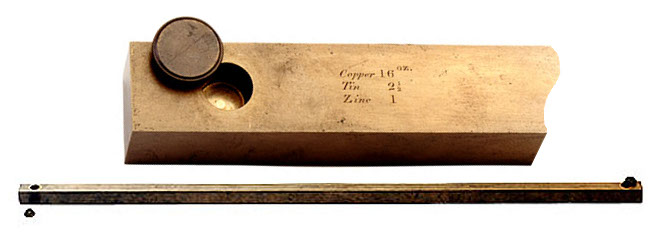
The metric system took over the world and science in the 20th century; however, many countries still use inches, feet, and yards. What is a yard? Why do we call it like that? How was the length decided? Let’s go back in time in an effort of measuring the historical yard!
Measuring the modern Yard

The Yard still used in the English and US systems of measurement measures “exactly” 3 feet and 36 inches. Since an international agreement of 1959, the yard is equal to 0.9144 meters, and 1,760 yards are equal to a mile. Not exactly an easy to remember and logical system!
Origin of The Yard
The name yard originates from the Old English word gerd (mercian), gierd (west-Saxon), and the west Germanic gazdijo. The meaning of these words are literally rod, stick, or staff.
First Mentions of the Yard

The word yard was first mentioned in the late 7th century laws of the Ine of Wessex. These laws mentioned the “yard of land” as a measurement needed for taxation. The yard makes its debut also in the Lindisfarne Gospels in particular in the gospel of Matthew, and in the Old and Middle English yardland measurement which used a yard to survey the lengths of fields. The yardland, however, was much longer and measured 15 to 16 1/2 feet (also called a rod).
Similar, Older Yards
The Romans used a measurement called the foot that was a bit shorter that the foot we use today. For them, two and a half feet made a gradus (a step). In Wales, three feet made a pace while in Proto-Germanic “cubit” was called alina… and so on! Basically, every civilization had their own ways of measuring distances, and it made things quite confusing! Measurements were always based on parts of the human body, length of foot, arm, span of hands, etc.
Defining the Length of the Yard

The first yard was equal to the breadth of the Saxon’s chest. Not very reliable and consistent measurement! For few centuries, different measurements created chaos and contentions, especially in commerce and in land disputes. In 959, Edgar the peaceful dictated that the measure held at the Cathedral of Winchester should be observed throughout his Realm, a first attempt to standardize measurements. Nevertheless, this attempt did not last too long. A couple of centuries later, during the reign of Henry I the yard was changed to be equal to the sovereign arm. What this meant is that often with a new King, new measurement were imposed and the yard changed. Legend tells that the measurement was taken from the King while he extended his arm. The distance between the tip of the nose and to the extended thumb of the Sovereign was then taken.
Standardizing the Yard

By the 15th century there were many yard-rods in existence, some that had been around for a long time and were quite different from each other. in 1671 the “exchequer” yard was taken as the true measurement with acceptable variations included into fractions of an inch. in 1758, laws were passed for the construction of a standard yard to be held at the House of Commons. in 1834 the imperial yard standard was partly destroyed in a fire and a commission was formed to reconstruct it based on two previously existing standards. The new standard was made out of copper, tin and zinc and subsequently by 1855 forty standard yard sticks were constructed and distributed throughout the Kingdom.
In 1963 the Imperial Standard Yard was renamed as the United Kingdom Primary Standard yard but retained its official measurement and status.